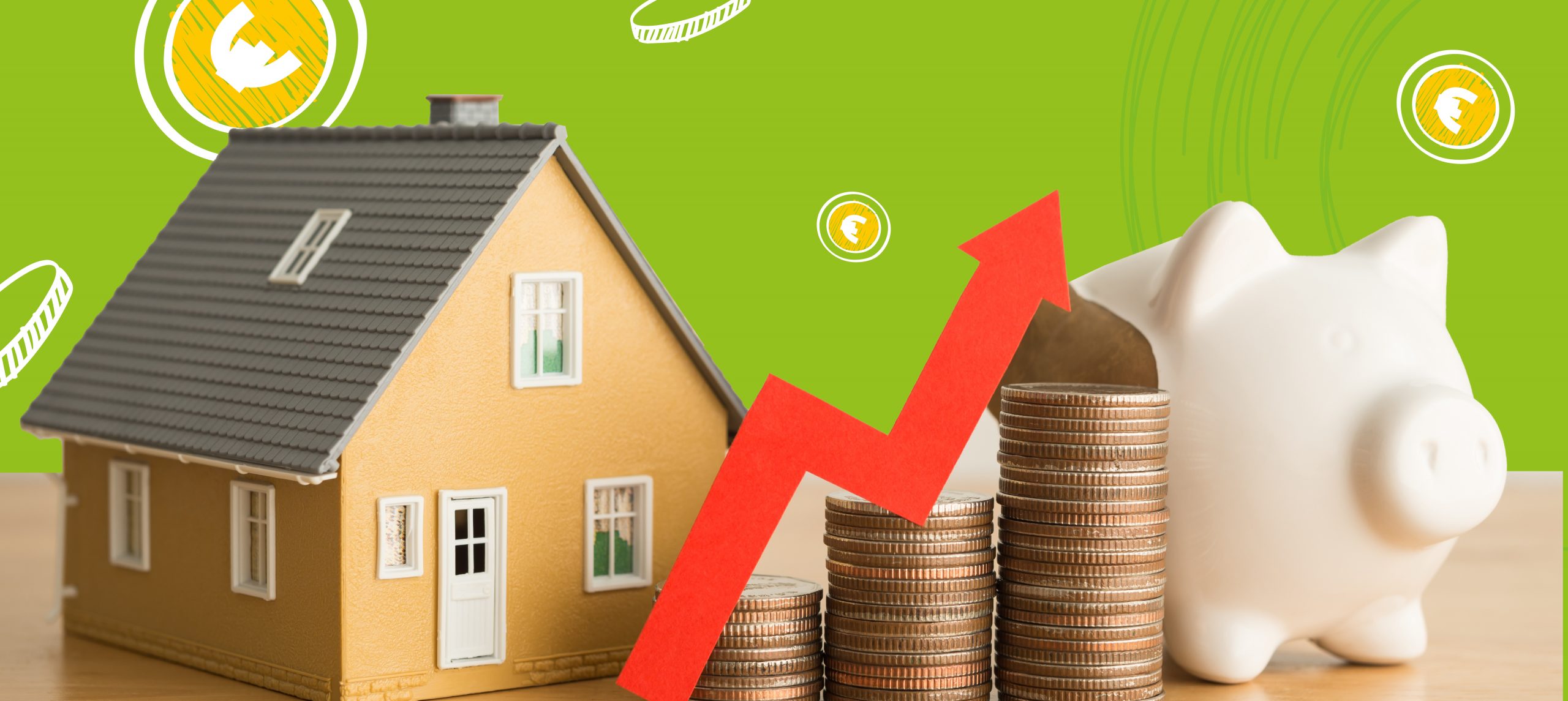
Buying a house is one of the most important decisions in life, but also one of the most demanding from a financial standpoint. The decision between renting and buying with a mortgage depends on several factors: available resources, personal goals, and financial stability. In any case, it is essential to carefully evaluate one’s repayment capacity to avoid over-indebtedness situations that could compromise family financial balance. In this article, we will see how a mortgage works, what elements it consists of, and what benefits are available for first-time home buyers.
What Is a Mortgage and How Does It Work?
A mortgage is a medium- to long-term financing contract, generally granted by a bank or financial institution, aimed at purchasing, constructing, or renovating a property. The borrower receives a sum of money that they commit to repaying over time, with added interest, through a repayment plan. The bank, to ensure it gets back the loaned money, requires a mortgage on the purchased property as collateral. This way, if the installments are not paid, the bank can take possession of the property and sell it to recover the loan. Understanding how a mortgage works is the first step in approaching a long-term financial commitment with awareness: knowing the terms, conditions, and obligations helps avoid surprises and better plan financial sustainability.
The Repayment Plan: The French Amortization Schedule
The repayment of a mortgage follows an amortization plan that defines the methods and timing of repaying both the principal and interest. One of the most common methods in Italy is the French amortization schedule, characterized by constant installments over time. In this scheme, each installment includes a portion of principal and a portion of interest: in the early stages of the mortgage, the interest portion is predominant, while as time passes, the repaid principal portion increases. It is crucial to understand this aspect if one intends to repay the mortgage early. Understanding how a mortgage works, including its repayment mechanisms, allows for a more accurate assessment of how installments impact the household budget.
The Interest Rate: What It Is and How It Works
The interest rate represents the cost of the borrowed money and can be fixed or variable. A fixed rate remains unchanged for the entire duration of the mortgage, ensuring constant installment amounts; a variable rate, on the other hand, may change over time based on the trends of specific reference indexes, leading to variations in installment amounts. The choice between a fixed or variable rate depends on one’s expectations regarding financial market trends, risk tolerance, and projected income stability in the medium to long term. For example, an employee with a stable monthly income may struggle to pay their installment if interest rates increase due to inflation while their salary remains the same. Conversely, a freelancer, whose fees are linked to inflation, may find a variable-rate mortgage more sustainable under the same conditions.
First Home Mortgage
The 2025 Budget Law has extended the benefits for first-time home purchases until December 31, 2027. Specifically, for young couples, single-parent families with dependent minor children, and individuals under 36 years old with an ISEE (Equivalent Economic Situation Indicator) not exceeding 40,000 euros per year, a state guarantee of up to 80% of the mortgage principal is provided. This measure facilitates access to credit for purchasing a primary residence, reducing financial barriers for the specified categories.
Making important decisions such as buying a home requires awareness and planning. In these cases, the support of a financial consultant can make a difference! To explore more topics related to the financial world, keep following our blog and visit the Museum of Saving website.
